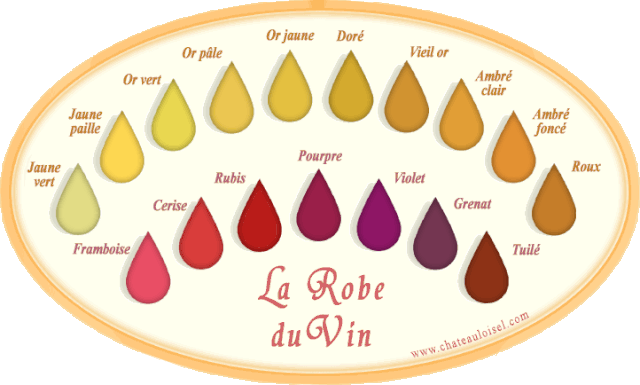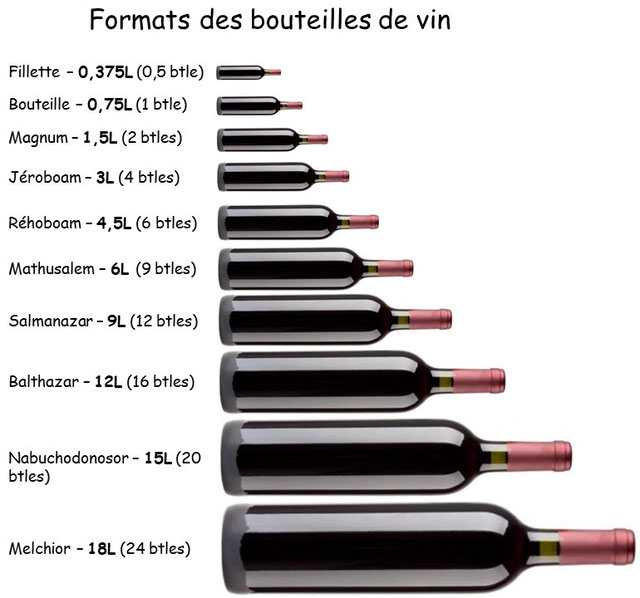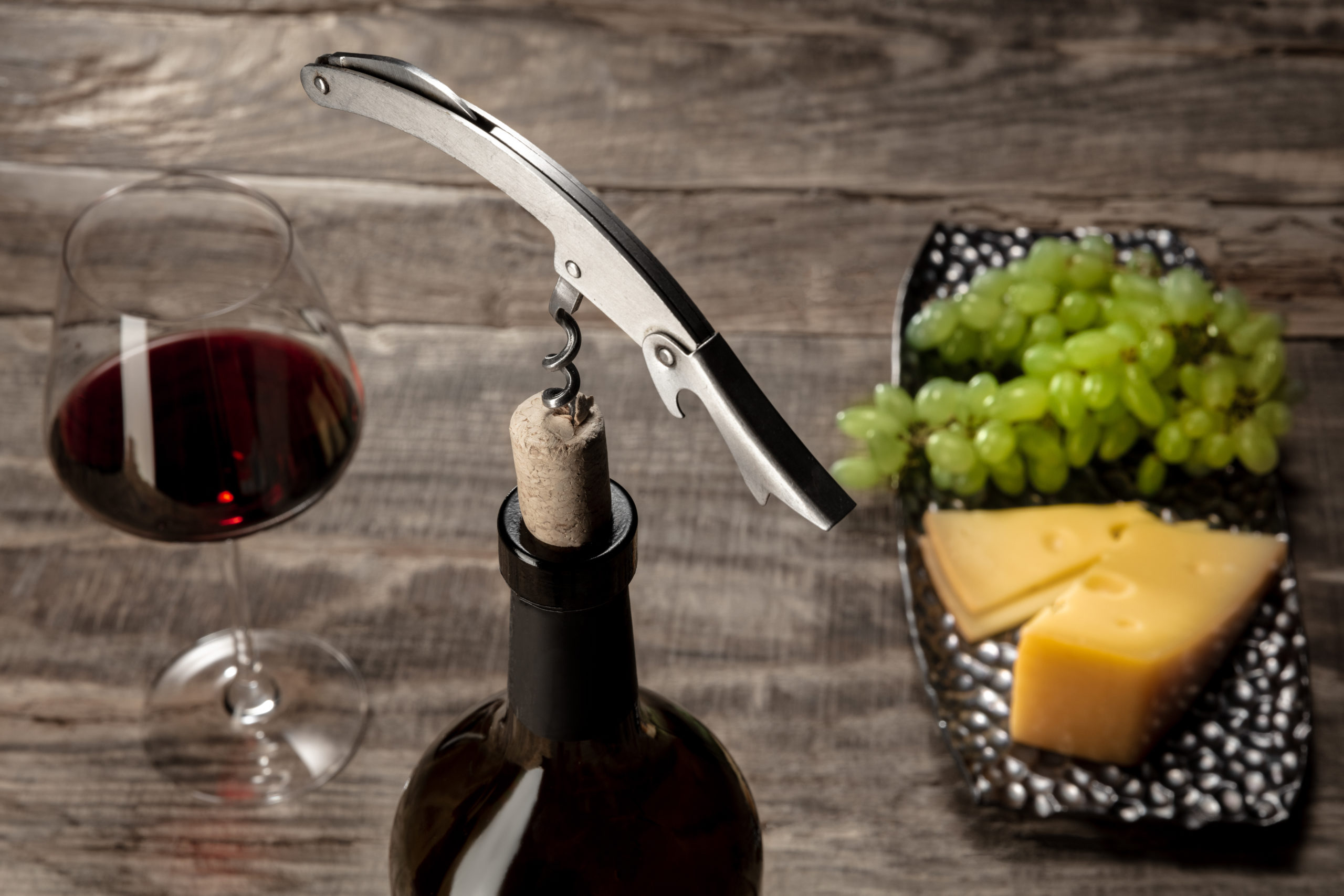Hey, students of French! Today we’re going to learn about wine vocabulary. You might think that this is a bit far afield from what you need to know in order to speak the language, but trust me – it’s not. Knowing how to talk about wine will make you sound like a real pro when you’re ordering drinks at a French bar or restaurant. So let’s get started! First, though, I should warn you that some of these terms are pretty complicated and require a bit of expertise to pronounce properly. But don’t worry – I’ll walk you through it all step by step. So pour yourself a glass of good red Bordeaux and let’s begin!
French wine is some of the best in the world
There’s no doubt about it – French wine is some of the best in the world. From elegant and complex Burgundies to robust and fruity Rhones, French wine never fails to impress. And it’s not just wine enthusiasts who think this – many experts agree that French wine is some of the best out there.
So what makes French wine so special? A lot of it comes down to the terroir. French vineyards are located in some of the most picturesque areas of the country, and this natural beauty is reflected in the wines themselves. Additionally, French winemakers have centuries of experience when it comes to making wine, and they know how to coax the best flavors out of their grapes.
Do you like learning French with videos?
Receive our free video newsletter every Friday in your e-mail box. You will get 3 “Tips & Tricks” on grammar, vocabulary, phonetics or French culture.
👉👉 Sign up now!
French wine vocabulary can be complicated, but it’s worth learning
French wine vocabulary can be a bit complicated, but it’s definitely worth learning. After all, French wine is some of the best in the world. So what are some of the most important French wine terms to know?
First, there’s the grape variety. French wines are made from many different types of grapes, and it’s important to know which ones they are. Some of the most common French grape varieties include Cabernet Sauvignon, Merlot, Pinot Noir, Chardonnay, and Sauvignon Blanc.
French vocabulary of the wine: the 20 basic words of tasting
Robe: The visual aspect of the wine. Tasting begins with everything that is spotted by the eyes, including beautiful nuances in color. For example, a red wine might have a dark, purple, or ruby color. You can also get clues to the age of the wine by looking at its color: the older it is, the more it will be covered with tiled reflections, especially in the disk; for whites, very young wines tend to have slightly green reflections.

Nose: Everything that concerns the aromas of the wine. Before tasting it, it is essential to smell it, the sense of smell being a primordial element in the tasting. Its floral nose also offers us greedy aromas of red fruits.
Bouquet: Used to describe the complex aromas that develop in a wine. The aromatic bouquet of this wine is charming with delicate touches of strawberry and raspberry.
Attack: The immediate effect of the wine in the mouth, the first impression it makes. The attack can be soft or more frank. The velvety attack precedes a perfectly balanced whole.
Matter: The sensation aroused by the wine in the mouth, like the texture. Texture analogies are often used to describe this. Matter of infinite delicacy unfolds with a subtly increasing intensity.
Ample: Related to the matter (not to the taste), this term evokes the sensation of a wine that is endowed with a coated matter in the mouth and whose aromatic palette in retro-olfaction fully occupies the mouth. The mouth is ample and silky.
Tannic : Said of a powerful wine, which has a strong tannic presence – tannins are molecules contained in the skin and seeds of the grape; they can give a rough side to the wine. In great wines for aging, these tannins soften with time. The fresh, tannic mouthfeel suggests good ageing potential.
Round: A term to describe the tannins. It means that they are present, but without aggressiveness, without roughness or harshness. The attack is lively and evolves towards a certain roundness.
Fleshy: Describes both the texture and the flavor. A fleshy wine will have a powerful character and a strong structure (tannic structure). The wine is particularly powerful as evidenced by its fleshy texture.
Supple: A positive term for a wine with pleasant and harmonious levels of acidity and tannin. ‘A very nice supple texture that will pair well with grilled meat.’
Dry: A wine that produces the sensation of a lack of moisture on the palate. This effect is the result of a wine where all the sugars have been converted to alcohol during fermentation. This Chardonnay is a dry, round white wine characteristic of its appellation.
Fruity: Refers to the aromas in the nose and mouth. It does not concern only the flavor of the grape. A particularly fruity nose with cherry, black currant and raspberry.
Fresh: Describes both the character of a wine and its body, evoking the nose, the taste, and/or the finish. It refers to a marked but pleasant acidity. Always this sensation of freshness, it is airy, intense, then it falls back, delicately, like cotton.
Mineral: Can refer to the nose or the mouth, and describes a character reminiscent of stones. It depends on the terroir in which the vines were grown, on limestone, clay, stony, shale, or gunflint soils, for example. A silky texture is balanced by the minerality received from its terroir.
Woodiness: The presence of wood, normally conferred during maturation in oak barrels. In this complex bouquet, floral notes and delicately woody flavors blossom.
Racé: An elegant wine, with energy, depth and complexity. Powerful, the material energetically coats the palate. This is a racy wine.
Finish: What remains of the wine on the palate after swallowing (or spitting, of course…). Often, the flavors revealed in the finish, as well as its length, can be the hallmarks of a very good wine – especially if the finish is always complex and persistent. The energetic, vibrant mid-palate precedes an intense, very long finish.
Frame: Often the frame evokes the main characteristics, everything that emerges through its mouth. The acidic frame in the background allows the creation of an invigorating and dynamic wine.
Retro-olfaction: Refers to the perception of aromatic characteristics in the mouth. A term, therefore, which joins the sensations of the nose and the mouth, and often evoked during the finish. It is in the retro-olfaction that come out nice aromas of black fruits, kirsch cherry, finely peppered.
Balance: Perhaps the most important aspect to look for in a tasting – the balance between acidity, sweetness, tannins, and alcohol. A good balance is the harmony of all these aspects. A decidedly high-class wine, perfectly balanced.
Source: www.idealwine.net
What size wine bottle should I order?
When it comes to ordering wine, it’s important to know what size bottle will be the right fit. In French, there are a few different terms that you’ll need to know in order to make the best decision. Here are a few of the most common:
Bouteille – This is the term for a regular wine bottle. It typically holds 750 ml of wine.
Magnum – A magnum is twice the size of a regular wine bottle, holding 1.5 liters of wine.
Jeroboam – A jeroboam is three times the size of a regular wine bottle, holding 3 liters of wine.
All sizes of wine bottles:

With a little bit of practice, you’ll be able to order any type of French wine like a pro!
When it comes to ordering wine in a French restaurant, most people feel intimidated. But with a little practice, you’ll be able to order any type of wine like a pro! Here are a few tips to get you started.
First, know the different categories of French wines. There are four main categories: table wine, country wine, vin de pays, and Appellation d’Origine Controlee (AOC).
Table wine is the weakest and least expensive type of French wine, while AOC wines are the strongest and most expensive.
Second, always ask for help from your waiter or waitress when choosing a wine. They will be happy to recommend a bottle that fits your budget and taste preferences.
Finally, remember that pronunciation is key when ordering wine in French. Be sure to practice saying the names of the different types of wines before you go to a restaurant so that you can confidently order your favorite bottle!
Conclusion
You’ve now learned the 20 basic words of French wine tasting. Congratulations! This is just a taste of what you’ll need to know to really impress your friends (and enemies) at your next wine-tasting party. With a little more practice, you’ll be able to order any type of French wine like a pro. Just don’t forget that the best way to learn is by doing – so get out there and start tasting!
Au revoir.
Articles that might interest you:
- French Vocabulary of Drinks
- 10 french idiomatic expressions with animals
- 10 French idioms related to music
- What English words are from French?
- French all-purpose words
- French vocabulary for the holidays
- Make his own French flashcards with vocabulary
- Some tips & tricks to enrich your French vocabulary
- 5 French idioms with everyday objects
- How to eat like a French person?




7 thoughts on “French wine vocabulary: the basics”
Comments are closed.